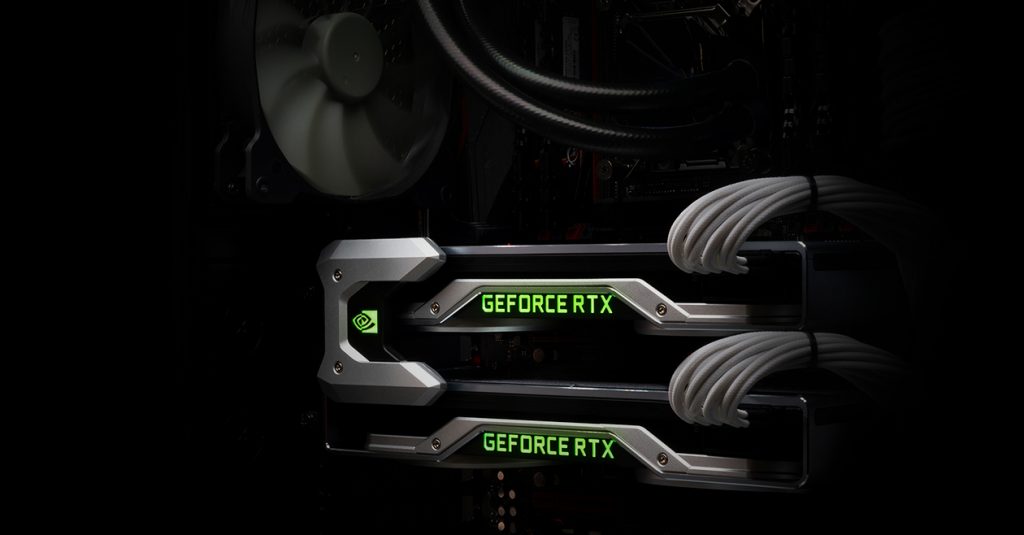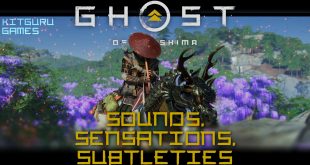Tile-based rendering isn't new to NVIDIA GPUs, but tile-based rendering in multi-GPU systems is another thing. It seems this rendering technique is already in place in Nvidia's driver, but it doesn't look like there's any way for developers to implement it in their games just yet.
A user from 3DCenter.org‘s forum, named Blaire, has found evidence in Nvidia's GPU drivers that a MultiGPU rendering mode has been added. This rendering technique is named CFR, which could be short for “checkered frame rendering” or “checkerboard frame rendering” according to TechPowerUp.
As with any tiled rendering method, a frame is divided into smaller squares called tiles, similar to a checkerboard. In CFR's case, the tiles from the frame should be shared between multiple GPUs, unlike SFR – split frame rendering – which divides a frame by two equal parts, and AFR – alternate frame rendering – in which frames are calculated alternatively.
CFR will, supposedly, offer less micro-stutter and optimized resource allocation, when compared to AFR.
The requirements for NVIDIA CFR, according to 3DCenter, are:
- DirectX 10/11/12
- NVLink
- Turing-based NVIDIA graphics cards (with NVLink)
You can force CFR through nvidiaProfileInspector, but it still has a lot of compatibility issues, which is to be expected from a still unofficial feature.
KitGuru says: Checkerboard rendering techniques have been used a lot lately, and consoles use it to produce upscaled resolutions, up to 4K. What do you think of this technique?
 KitGuru KitGuru.net – Tech News | Hardware News | Hardware Reviews | IOS | Mobile | Gaming | Graphics Cards
KitGuru KitGuru.net – Tech News | Hardware News | Hardware Reviews | IOS | Mobile | Gaming | Graphics Cards



